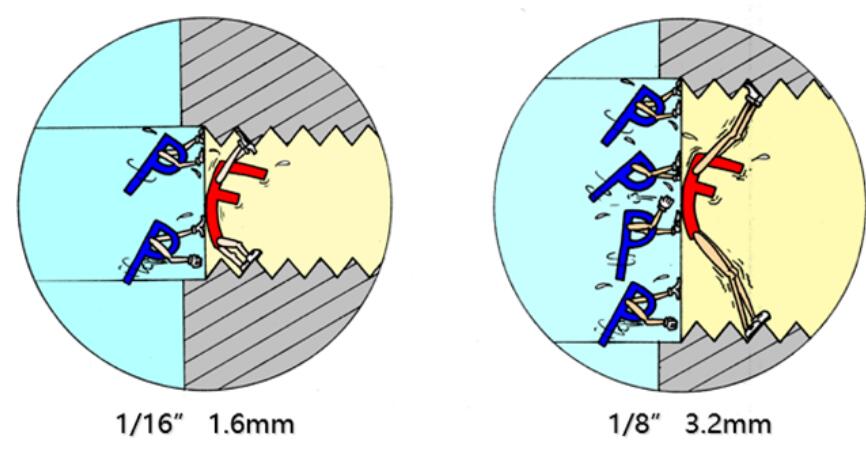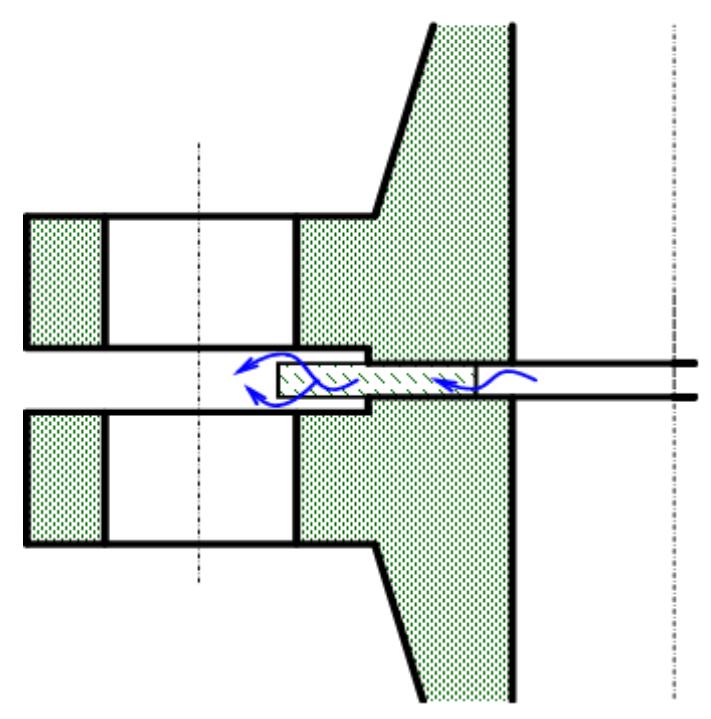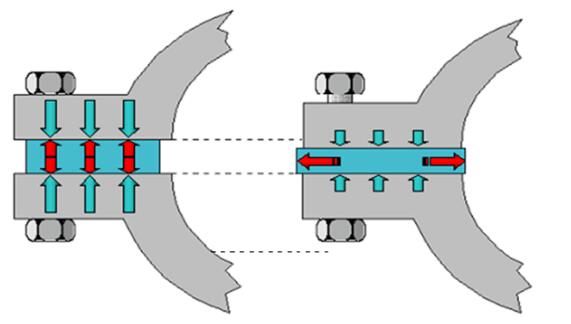- SITEMAP
- CONTACT US
- 8618267732328
News
Credibility ,the lifeblood of enterprise!
- Fittings
- Butt Welding Fittings
- Forged Fittings
- 180 Degree Elbows
- 90 Degree Elbows
- 60 Degree Elbows
- 45 Degree Elbows
- 30 Degree Elbows
- Equal Tee
- Reducing Tee
- Concentric Reducer
- Eccentric Reducer
- Lap Joint Stub End
- Outlets
- Cap
- Bend
- Cross
- Coupling
- Stainless Steel Lateral Tee
- Bellows Expansion Joints
- Flexible Metal Hose
- Non-Standard/Custom Fittings
- Bleed & Flushing Rings
- Types of Flanges
- Anchor Flanges
- Blind Flanges
- Expander Flanges
- High Hub Flanges
- Lap Joint Flanges
- Long Weld Neck Flanges
- Nipoflanges
- Orifice Flanges
- Plate Flanges
- Ring Type Joint Flanges
- Reducing Flanges
- Slip On Flanges
- Socket Weld Flanges
- Spectacle Blind Flanges
- Square Flanges
- Spades & Ring Spacers
- Threaded Flanges
- Welding Neck Flanges
How do I determine the thickness of a gasket?
The ASME B16.21 standard does not provide guidance on gasket thickness for non-metallic flat gaskets, and selecting the proper gasket thickness for a given application is a question that often arises and is difficult to answer simply. Therefore, we encourage users to talk to their application engineer if they cannot determine how to choose a gasket thickness, and today's article is intended to explain why this is such a difficult question and share some application knowledge to help users understand some of the possible scenarios.
How do I determine the thickness of a gasket?
- Thin flanges will become uneven when the bolts are tightened, such as angle iron or steel plate flanges of 6.4mm thickness;
- Large diameter flanges, such as AWWA (American Water Works Association) standard water pipe flanges, 3-meter diameter pressure vessels;
- Many low-pressure full-flat large-diameter flanges with limited bolt force;
- Older flanges that may have some degree of pitting, bending, or breakage.
- First, such a large bolt spacing would result in a very small compression load between the bolts. A thin gasket will not fit well into a bent flange.
- Second, without internal pressure, there is no disadvantage or drawback to using a thicker gasket because the gasket will not be blown out.



Thicker gaskets will be better suited for severely damaged or warped flanges.
This is because the ability of a gasket to fill an uneven flange is based on the amount of gasket compression at a given load, and the compression at a given load is expressed as a percentage of the gasket's original thickness. Thicker gaskets have a larger original thickness and compress more. For a 1.6mm shim, 10% compression means 0.16mm of compression, while a 3.2mm shim compressed to 10% would have 0.32mm of compression. This extra shim compression means thicker shims can fill deep scratches or pits better than thinner shims.
- Split Pumps: The final thickness is critical because it affects the clearance between the two sides of the pump. These pumps typically use a 0.4mm non-asbestos compression gasket. Customers sometimes require sheets with very small thickness tolerances and small thickness variations. It is important to remember that large compression gaskets are usually not applicable here because the final thickness is different.
- For special gasket thickness settings for long transmission piping systems. For example, when compressed, a standard spiral wound gaskets measures about 3.2mm thick. There may be spacing problems in long transmission pipelines where a thinner gasket is used and many flanges on a line; there will be a large gap between the last flange.
- Gaskets placed for grooves: When using tongue and groove face construction or concave flat flanges, the gasket must fill the entire space and be compressed before the flanged metal touches the metal. The thickness of the gasket compressed after loading must be calculated and greater than the gap created by the flange connection. For example, if the groove is 3.2mm deep and the tenon is 0.6mm high, the thickness of the gasket after compression must be greater than 2.6mm, or the flange will make contact before the gasket is fully compressed. In one example, the user requested to replace the original design modified PTFE gasket with an expanded PTFE gasket; the expanded PTFE gasket was not able to fully compress, thus causing a leak, as this expanded PTFE gasket needed to be compressed to nearly 1/3 of the original thickness to be acceptable.

Tel No:+86-18267732328 / Email:[email protected]
Address:Longwan District, Wenzhou, Zhejiang Province, China.
Copyright Notice © www.yaang.com Yaang Pipe Industry Co., Limited All rights reserved.
Yaang Pipe Industry Co., Ltd. is an international supplier of piping solutions for flange, butt welding fittings, socket welding fittings and threaded fittings. Our products are widely used in different industrial fields, including oil and gas, chemical industry, petrochemical industry, power plant, pulp and paper industry, environmental and water conservancy engineering, engineering projects, etc.





